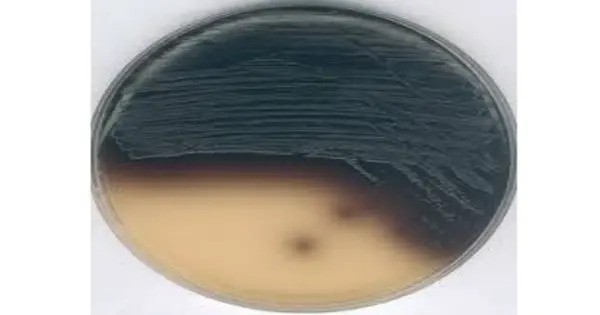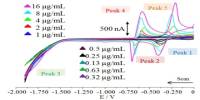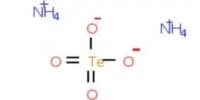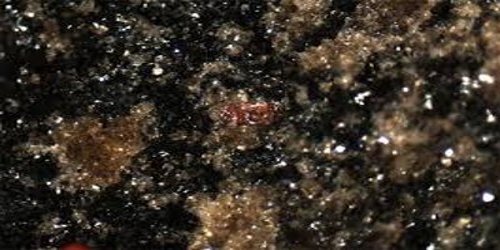Iron(III) azide, also called ferric azide, is a chemical compound with the formula Fe(N3)3. It is an extremely explosive, impact-sensitive, hygroscopic dark brown solid. Due to its instability and explosive potential, iron(III) azide is not typically used in everyday applications. Its properties might make it a subject of interest in explosive chemistry and materials science.
This compound is used to prepare various azidoalkanes, such as n-butyl azide, from alkenes via formation of alkylboranes and subsequent anti-Markovnikov addition of azide group. Azide is a highly reactive polyatomic ion, and compounds containing it are often explosive, so iron(III) azide is likely to be sensitive to shock, heat, or friction.
Properties
- Chemical formula: Fe(N3)3
- Molar mass: 181.9053 g/mol
- Appearance: Dark brown solid
- Melting point: Explodes
- Solubility: Soluble in methanol
Preparation
This compound is prepared by the reaction of sodium azide and iron(III) sulfate in methanol:
6 NaN3 + Fe2(SO4)3 → 2 Fe(N3)3 + 3 Na2SO4
Iron(III) azide can also be formed by pulse gamma-irradiation of a mixture of iron(II) perchlorate, sodium azide, and hydrogen peroxide.[3] Under these conditions, a neutral N3 radical is formed, which oxidizes the iron(II) to iron(III); the iron(III) then promptly combines with azide ions.
Reactivity and Stability
- Instability: It is highly unstable and reactive, especially when exposed to heat, friction, or shock. It may decompose violently, releasing nitrogen gas and forming iron oxides.
- Hazard: Like many azides, Iron(III) Azide is considered hazardous due to its potential to explode. It is classified as a sensitive explosive compound, making it dangerous to handle.
- Pyrotechnic Use: Due to its sensitivity, Iron(III) Azide has sometimes been used in pyrotechnic applications or as an initiator for detonators.
Occurrences
Iron(III) Azide does not occur naturally but can be synthesized in a laboratory setting. It is typically produced through the reaction of an iron salt (like iron(III) chloride) with sodium azide (NaN₃), often under controlled conditions to prevent the compound from decomposing.
Synthesis: FeCl3 + 3NaN3 → Fe(N3)3 + 3NaCl
Uses
- Pyrotechnics: Due to its explosive properties, Iron(III) Azide has been used in pyrotechnics or as a detonator initiator.
- Research: In some cases, it is used in scientific research to study its stability, reactivity, and potential applications in energetic materials.
However, due to its hazardous nature, Iron(III) Azide is not widely used or handled outside of specialized laboratory environments.
















